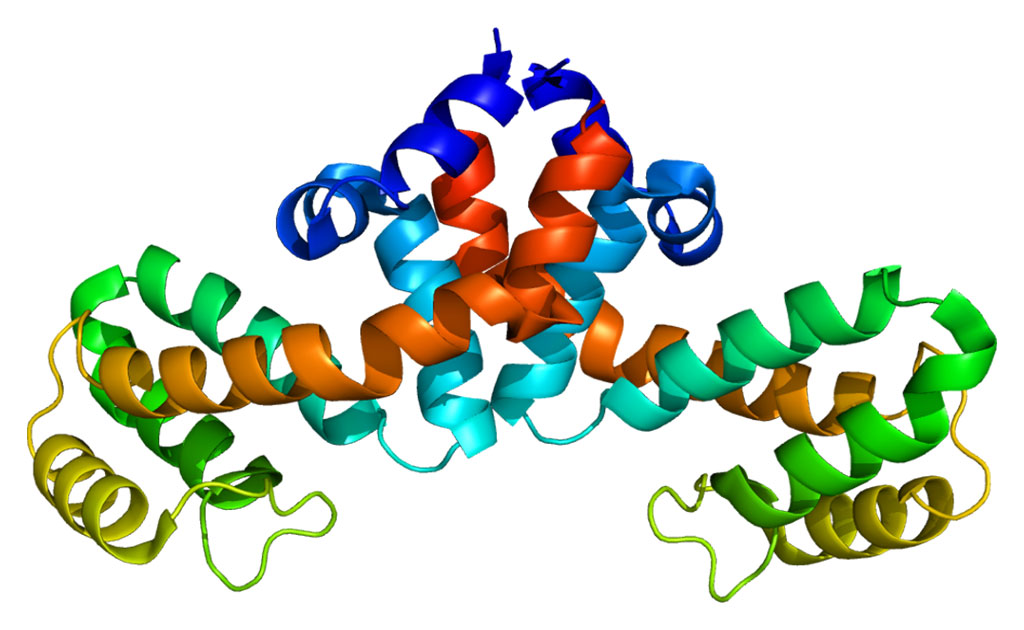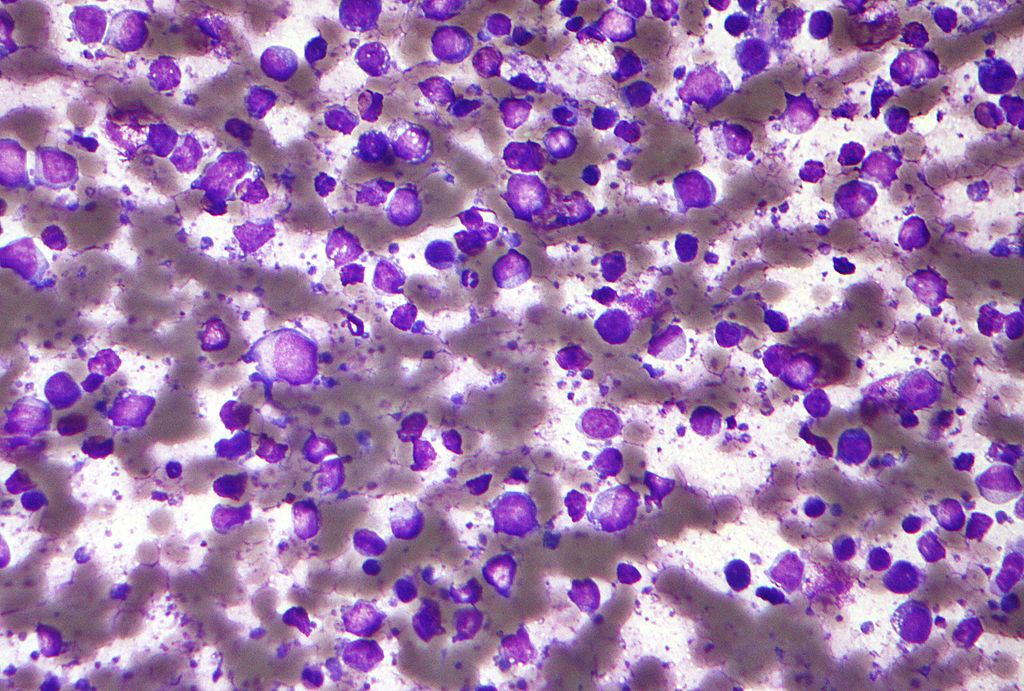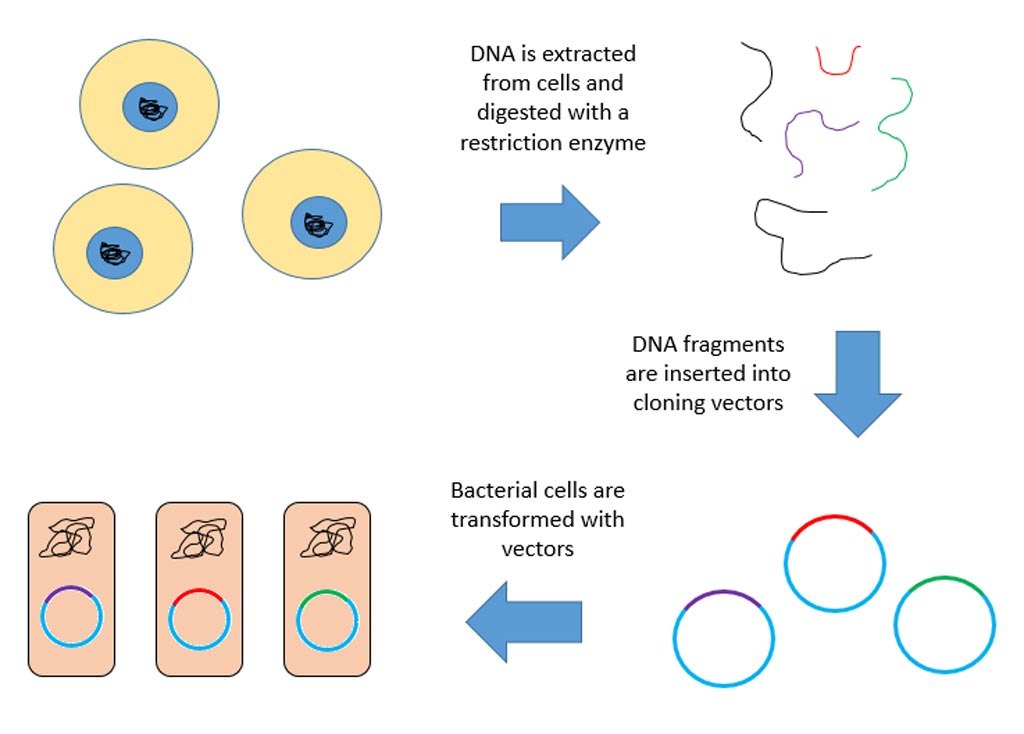Age Related Arterial-Wall Stiffness Favors Development of Atherosclerosis
By LabMedica International staff writers
Posted on 20 Dec 2011
Cardiovascular disease researchers described a mechanism that explains how aging contributes at the molecular level to the formation of the arterial plaques that cause atherosclerosis.Posted on 20 Dec 2011
Investigators at Cornell University (Ithaca, NY, USA) compared arteries from young (10 weeks) and old (21 to 25 months) healthy mice. Endothelial cells from young and old arteries were allowed to grown in cultures supported by hydrogels that had been fabricated to match the elasticity of young and aging arterial walls.
They reported in the December 7, 2011, online edition of the journal Science Translational Medicine that endothelial monolayers exhibited increased permeability and disrupted cell-cell junctions on stiffer matrices – those that mimicked aged arteries. Increased permeability encouraged increased leukocyte extravasation, which is a critical step in atherosclerotic plaque formation. These results suggest that extracellular matrix stiffening alone, which occurs during aging, can lead to endothelial monolayer disruption and a microenvironment conducive to the development of atherosclerosis.
Mild inhibition of Rho-dependent cell contractility using the drug Y-27632, an inhibitor of Rho-associated kinase, or small interfering RNA restored monolayer integrity in vitro and in vivo.
“One of the things we wanted to do was understand how aging is linked to atherosclerosis, and how the mechanism of vessel stiffening plays into this link,” said senior author Dr. Cynthia Reinhart-King, professor of biomedical engineering at Cornell University.
Related Links:
Cornell University













